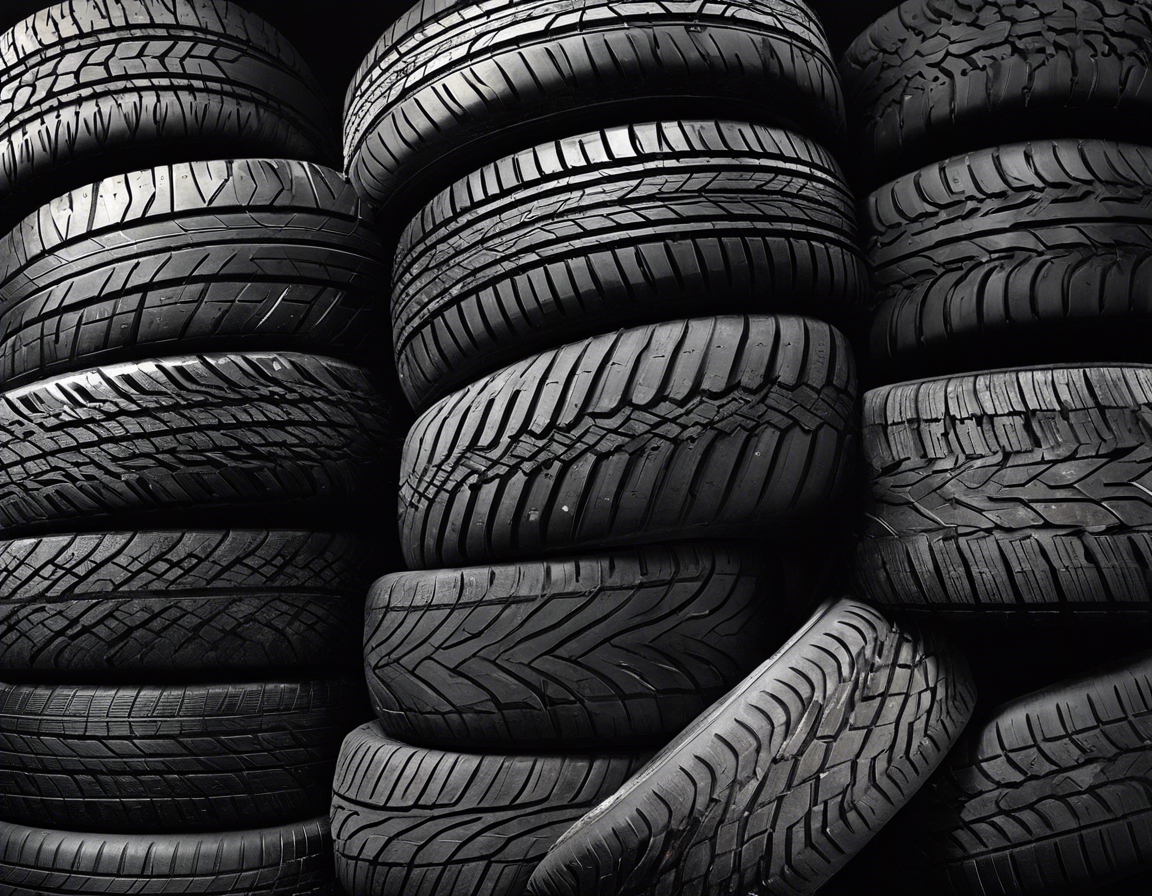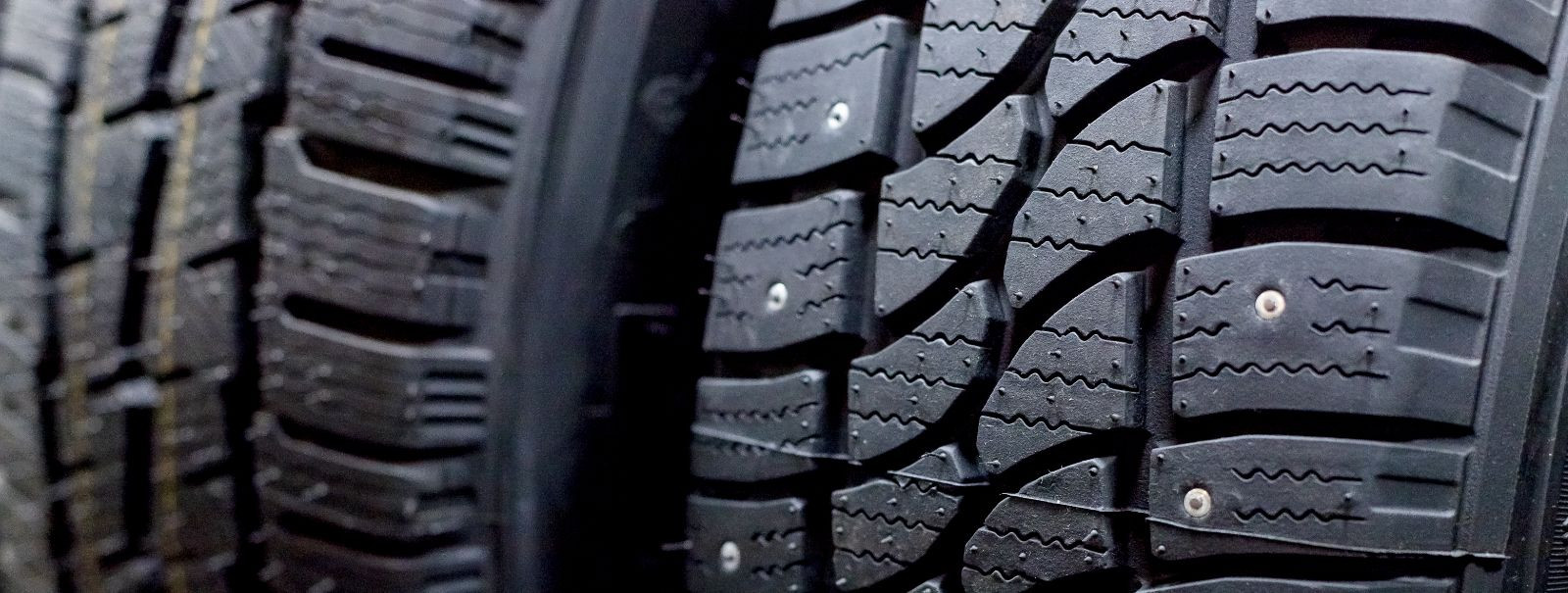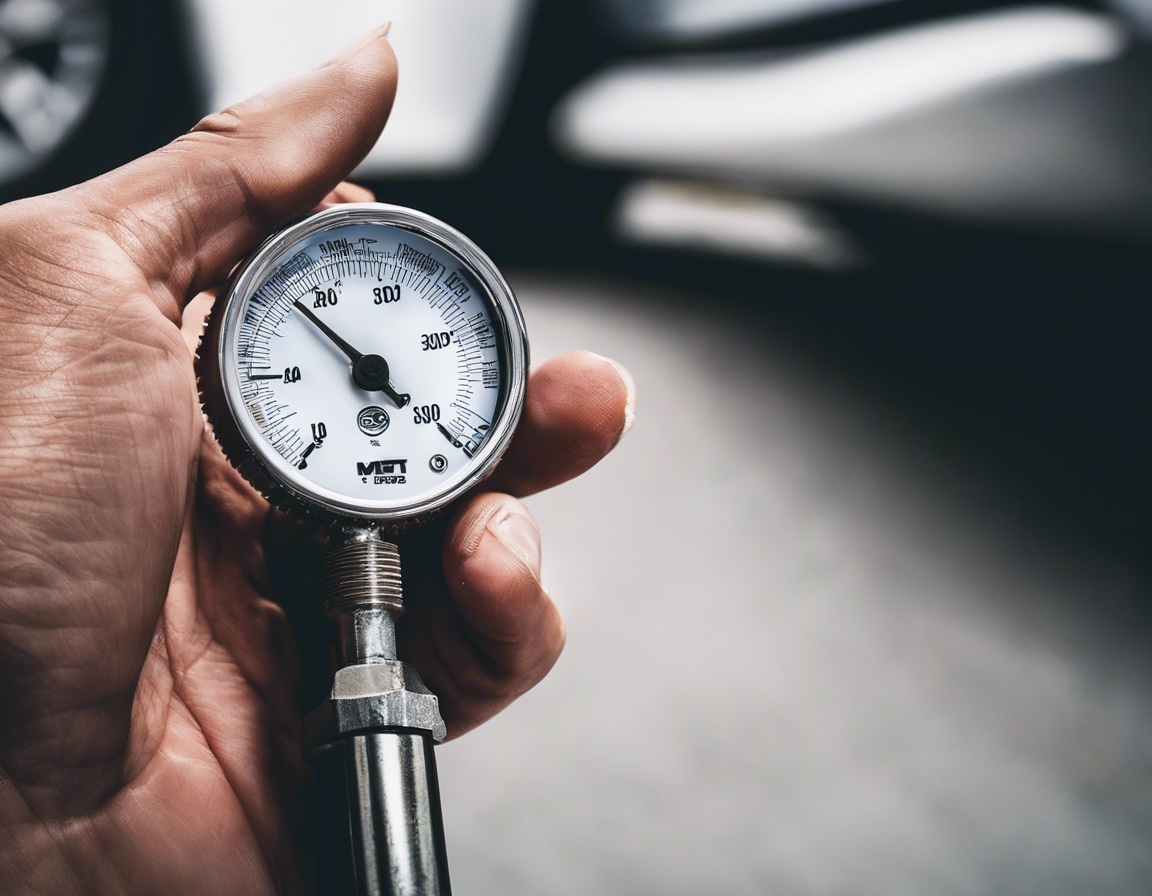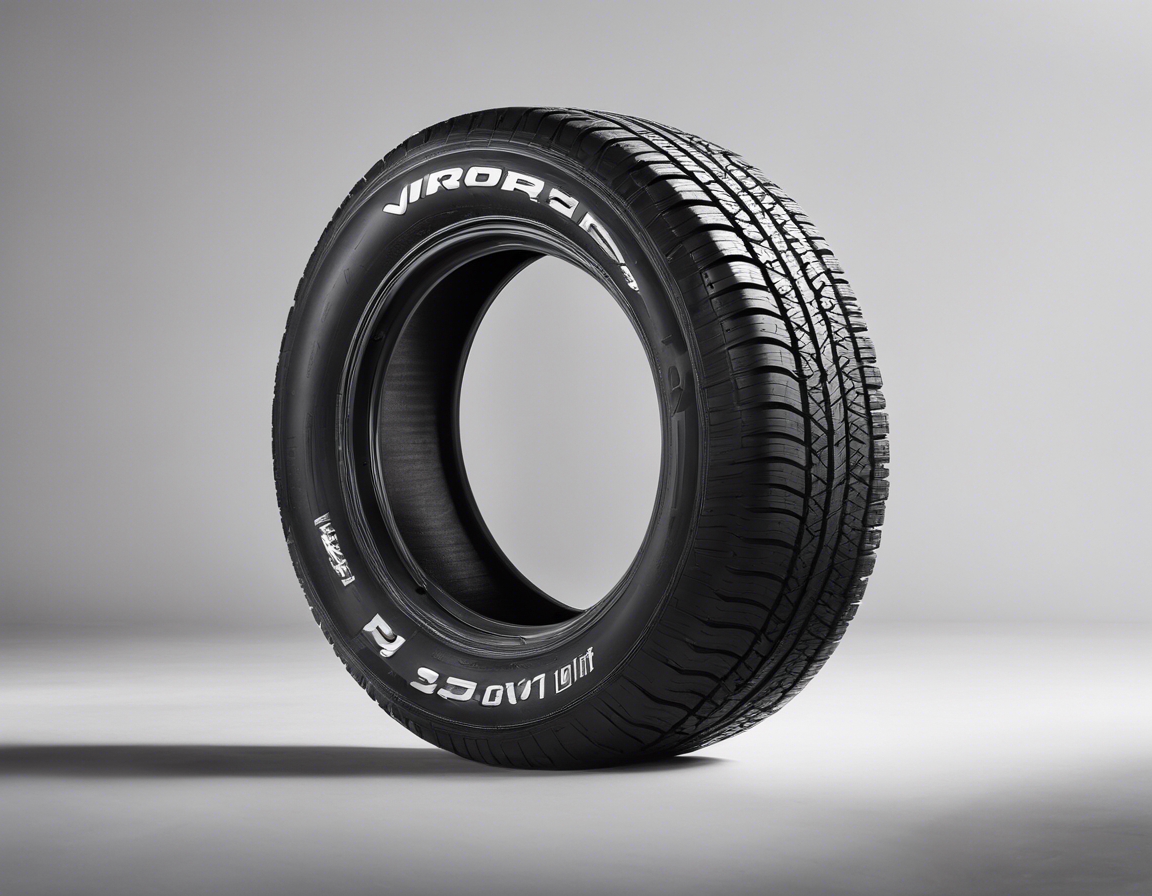Summer vs winter tyres: what's the difference?
Before diving into the specifics of summer and winter tyres, it's essential to grasp the fundamental role tyres play in vehicle safety and performance. Tyres are the only point of contact between your vehicle and the road, making their design and condition critical for traction, handling, and braking.
In Estonia, where the climate can vary dramatically between seasons, using the appropriate tyres for summer and winter conditions is not just a matter of performance, but also of safety. Seasonal tyres are specifically engineered to provide optimal performance and grip under different weather conditions.
Characteristics of Summer Tyres
Summer tyres are made with a harder rubber compound that remains firm at high temperatures. Their tread patterns are designed to ensure maximum contact with the road, offering improved grip and stability during warm months.
These tyres excel in wet and dry conditions found in summer, providing excellent handling and shorter braking distances. They are also designed to be more fuel-efficient and offer a quieter ride compared to winter tyres.
Characteristics of Winter Tyres
Winter tyres feature a softer rubber compound that stays flexible in cold temperatures. Their deep treads and unique patterns, including sipes, are tailored to navigate through snow, slush, and ice.
Winter tyres provide superior traction and braking performance in cold weather conditions. They are essential for maintaining control and safety during Estonia's harsh winter months.
Comparing Summer and Winter Tyres
The tread depth and patterns between summer and winter tyres differ significantly. Winter tyres have deeper grooves and more intricate patterns to channel snow and slush away from the tyre, while summer tyres have simpler patterns designed for dry or wet tarmac.
Temperature plays a pivotal role in tyre performance. Summer tyres can become too soft and winter tyres too hard if used in the wrong temperatures, leading to decreased performance and increased wear.
In Estonia, there are specific legal requirements for tyre use during different times of the year. It's important for vehicle owners to be aware of these regulations to ensure compliance and safety on the road.
Making the Right Choice for Your Vehicle
Choosing the right tyre depends on your typical driving conditions. If you drive frequently in temperatures above 7°C, summer tyres are the best choice. Conversely, winter tyres are essential when temperatures drop below 7°C and snow and ice are present.
For optimal safety and performance, vehicle owners in Estonia should switch between summer and winter tyres as the seasons change. This ensures that the tyres provide the best possible grip and handling year-round.
Proper storage and maintenance of off-season tyres can extend their life and performance. Store them in a cool, dry place and check for any signs of wear or damage before reinstallation.






Comments (0)